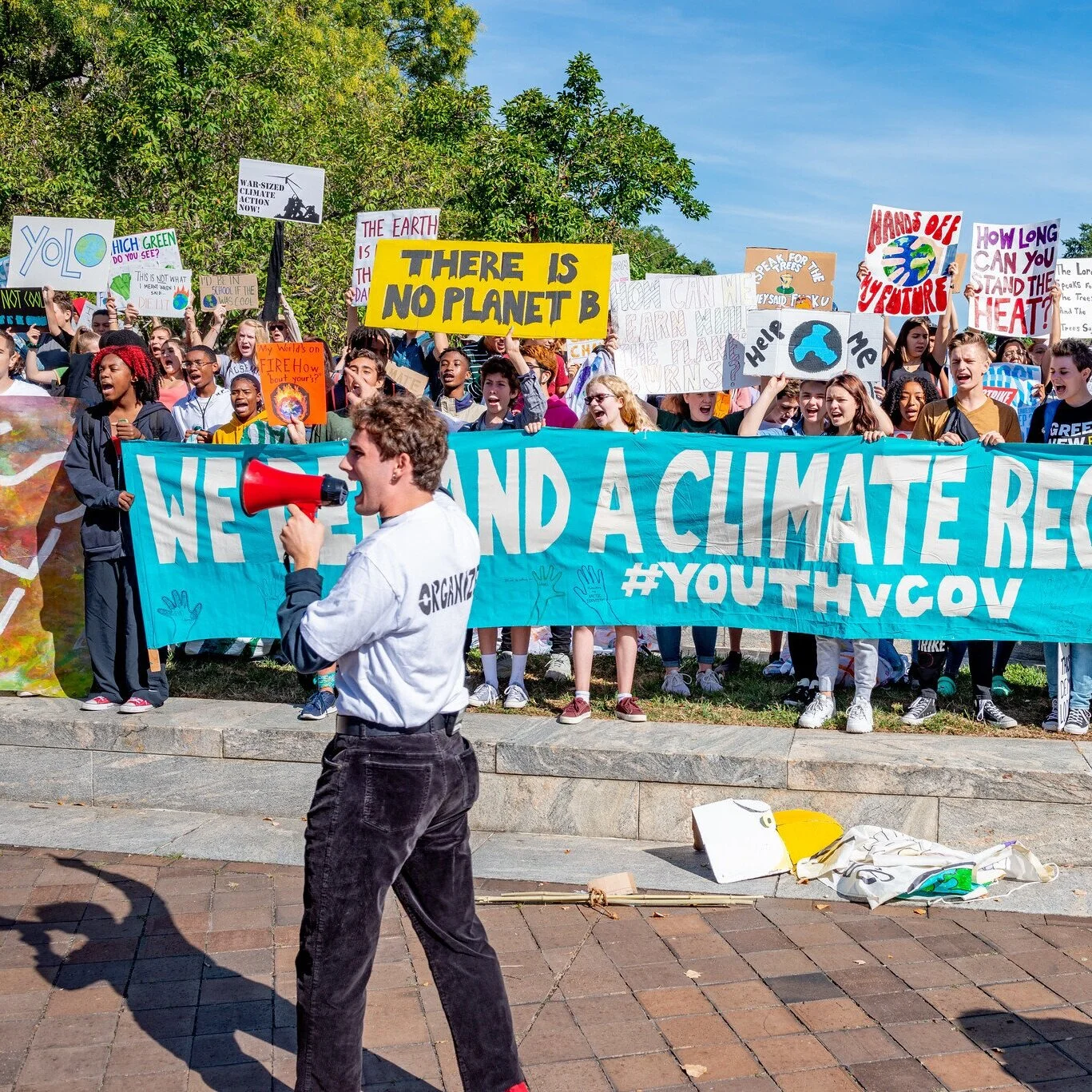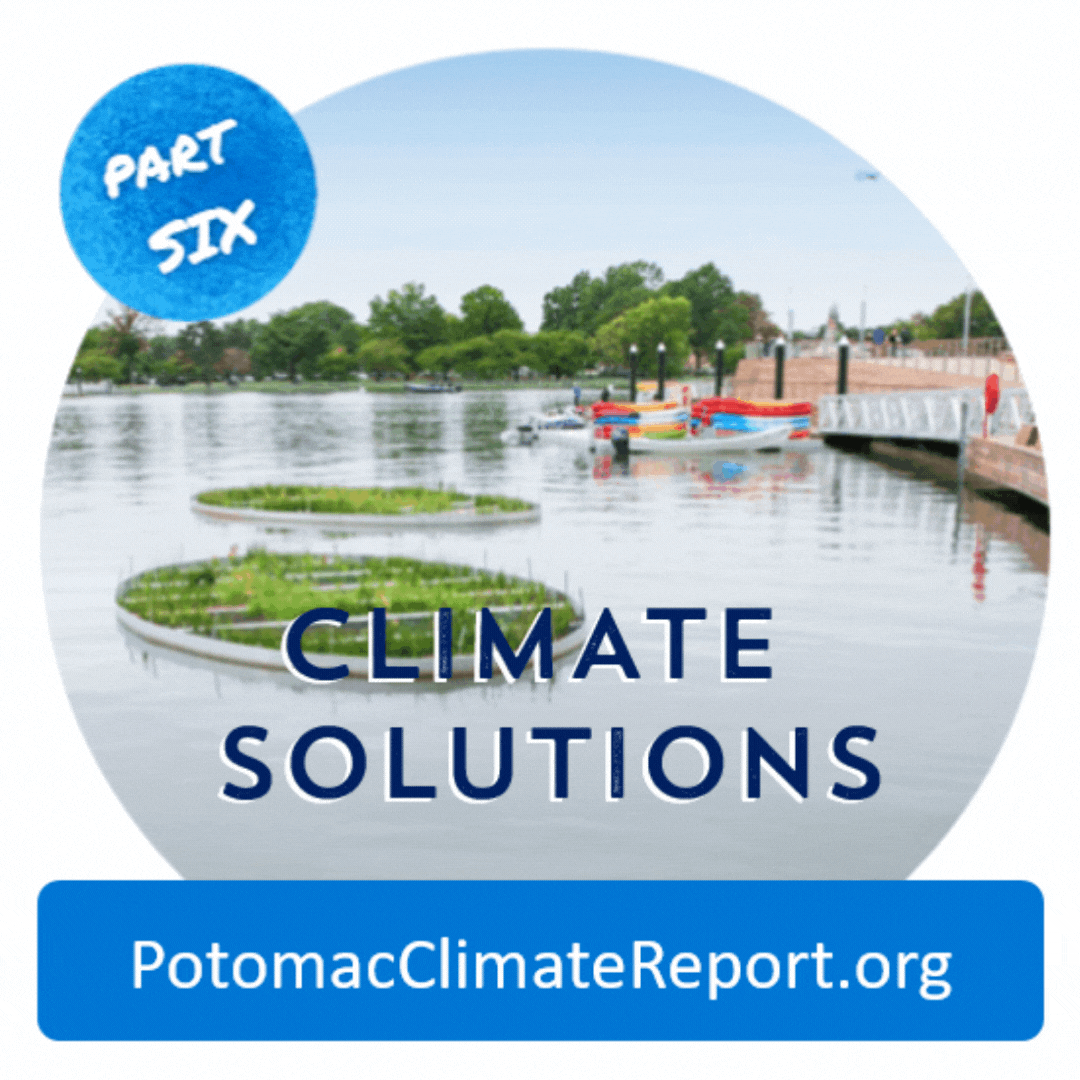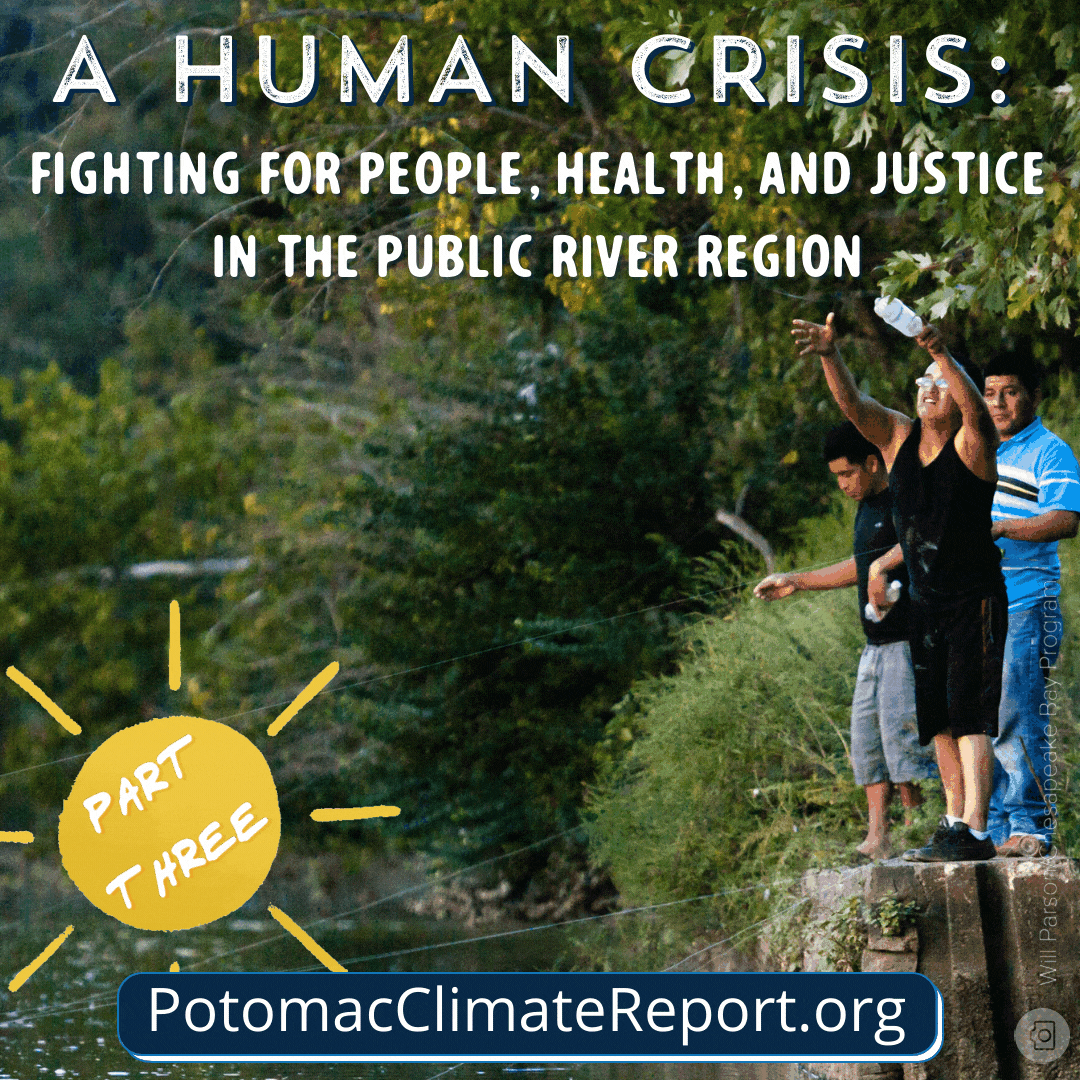A River Rising: Flooding and Sea Level Rise in the Potomac River Region
/Part 2 of our six-part climate series is out now!
IMAGE COURTESY OF MR. TIN DC/Flickr
The climate crisis is here. And so is our first-of-its-kind, local climate report!
Our six-part series released throughout the summer will investigate:
How is our region uniquely experiencing a warming climate?
How is the climate crisis affecting the Potomac River and its people, lands, and wildlife?
What actions must be taken to lower greenhouse gas emissions and prepare communities for the future?
What can we do to be a part of the solution in our communities?
In Part Two, we investigate why the Potomac River region’s waters are rising faster than other waters around the world and explore the best solutions for mitigating increased flooding and storm surges.
WEDNESDAY, JULY 21, 2021
Released today, Part Two of Potomac Conservancy’s six-part Rising to the Challenge climate report series confirms sea level rise is occurring more rapidly in the US Mid-Atlantic region than anywhere in the world – about twice as fast as the global rate.
Since 1900, global sea levels rose by 8 inches compared to an average of 1.5 feet in the US Mid-Atlantic region. The eastern coast of the United States averaged a 12-inch rise during the same period of time.
The Conservancy’s report points to a unique “triple threat” causing waters to rise rapidly in our corner of the planet. The climate crisis puts 11,684 miles of shoreline communities in the Potomac River and Chesapeake Bay region at greatest risk for increased flooding – more than the entire West Coast of the United States.
In the US Mid-Atlantic region, rising waters from global glacial melt (1) combine with two unique phenomena that together, create a triple threat to the region’s shoreline and low-lying areas: The Atlantic Gulf Stream is weakening (2). Massive glacial melt in the Arctic Sea is flowing into the ocean and slowing the Atlantic Gulf Stream. The slower Gulf Stream no longer pulls ocean water away from the eastern coast of the US as strongly as it once did. As a result, water levels on the eastern coastline are rising at a quicker pace than other places around the world.
The Mid-Atlantic region is sinking (3) from a natural phenomenon called “glacial rebound.” Earth’s slowly-moving mantle is subsiding to its pre-ice age equilibrium level. Lands in Canada and the Northeastern US that were previously pushed down by glaciers are rising up over time, while the Mid-Atlantic region is sinking back down. The Potomac River and Chesapeake Bay region are expected to sink 6 inches in the next 100 years, compounding the effects of sea level rise and a weakening Gulf Stream.
By 2100, Washington, DC’s low-lying areas could be permanently underwater. The US Army Corp of Engineers projects the Potomac River to rise up to 3.4 feet by 2080 – nearly the height of a US Post Service mailbox. In the last century alone, the Potomac has risen by 11 inches. The European Geosciences Union projects global sea levels to rise 1-2 feet by the end of the century.
Over 1,300 acres of Washington, DC – nearly the size of Rock Creek Park – lie below the predicted high tide line in 2030, including the Southwest, Greenway, and Foggy Bottom neighborhoods. This area represents $4.6 billion in property value with over 400 homes, 21 miles of road, two military facilities, one hospital, and 12 federally listed hazard sites, such as waste dumps and sewage plants.
Permanent flooding of some low-lying areas would be concern enough, but higher high tides are produce more dangerous storm surges and increase the chances of flash floods during super storm events (another phenomenon occurring with more frequency due to the changing climate).
The report also observes that Alexandria and other shoreline communities are experiencing more “sunny day” flooding events – flooding that occurs not from a storm but from a higher high tide.
Audrey Ramming, a climate journalist and author of the report warned about further impacts of rising waters, “The acceleration of sea level rise will dramatically change the Potomac River’s shorelines and vulnerable tidal ecosystems in our lifetimes. Intruding saltwater will alter sensitive wetland and inland habitats, and we’ll see a dramatic increase in polluted runoff from more frequent flooding.”
Polluted runoff is already on the rise due to deforestation and development practices that increase pollution. Part Two of Rising to the Challenge concludes with examples of climate-forward solutions at the District Wharf, Dyke Marsh, and Alexandria waterfront. www.PotomacClimateReport.org/part-two.
Keep our wetlands working for everyone
Mattawoman Creek protects us from flooding, provides us with beauty and recreation, and protects deep cultural heritage for Indigenous people. Now it’s time for us to protect its past and future.

















